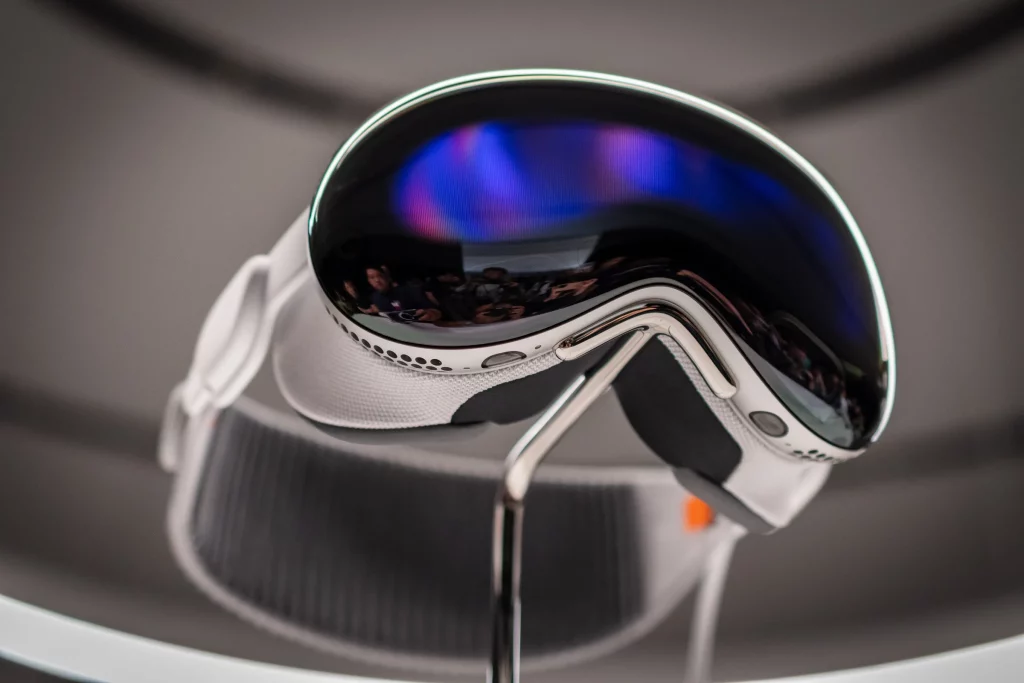Synchron has created a non-invasive brain-computer interface that allows users to control devices such as the Apple Vision Pro. This technology has been in use for a year and has not led to any serious negative effects for patients.
Empowering Individuals with Disabilities
For those who may not know, a brain-computer interface (BCI) is a system that enables individuals to control external devices using signals from their brain. It serves as a valuable tool for people with disabilities, including those who are paralyzed, and is also beneficial for scientific research.
Synchron’s brain implants, which are minimally invasive, began their clinical trials in 2022. Initially developed to control iPhones and iPads, these implants have now advanced to managing more sophisticated devices like the Apple Vision Pro.
Safety and Effectiveness
According to Synchron, six patients who received BCI implants did not encounter significant adverse effects related to the device during the first year. Essentially, the implanted device functioned reliably, successfully capturing signals that indicate brain movement intentions without causing any issues.
Importantly, the COMMAND study is the first trial approved by the FDA for a permanently implanted brain-computer interface. Unlike other brain implants that necessitate risky, invasive surgery, Synchron’s device is inserted through a minimally invasive endovascular method via the jugular vein.
A Milestone in Medical Research
“The outcomes of the COMMAND study represent a significant milestone in medicine, affirming the safety of the Stentrode BCI, with no neurological safety incidents reported throughout the 12-month observation period,” stated Dr. Levy, co-principal investigator of the COMMAND trial and president of UB Neurosurgery (UBNS). “This minimally invasive method could make BCI technology accessible to millions of individuals suffering from paralysis and other mobility challenges.”
Aiming for Functional Independence
The primary aim of this implant is to assist individuals paralyzed due to conditions like stroke or severe brain injuries in regaining some level of functional independence. The patients involved in the initial trial all exhibited severe, chronic bilateral upper limb paralysis that did not respond to conventional treatments.
In conclusion, a brain-computer interface has the ability to interpret brain signals and convert them into actions necessary for operating devices, such as those from Apple, enabling users to perform specific tasks despite physical limitations.


Leave a Reply